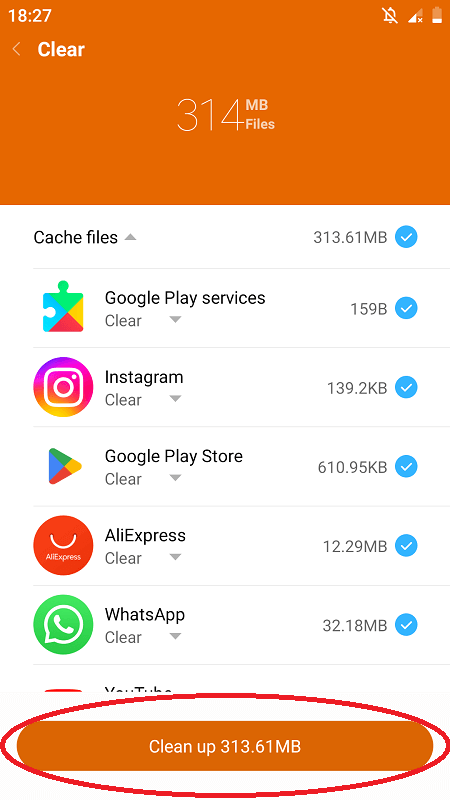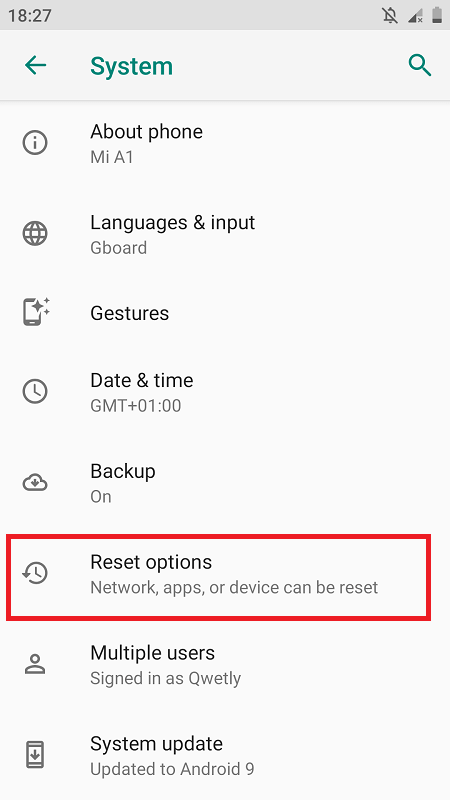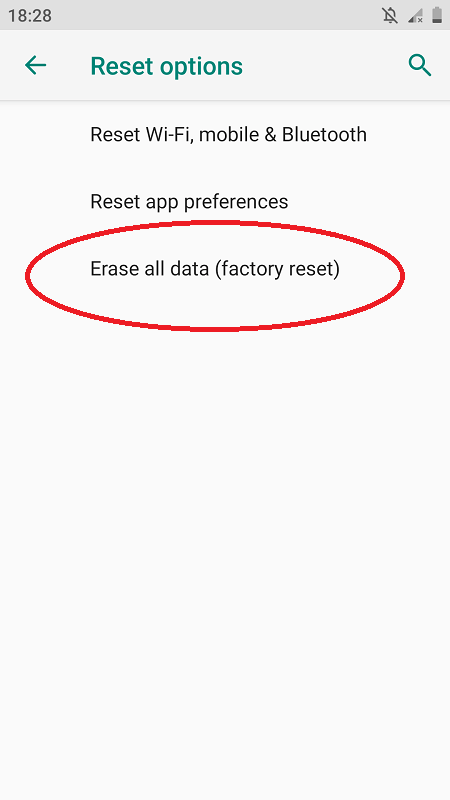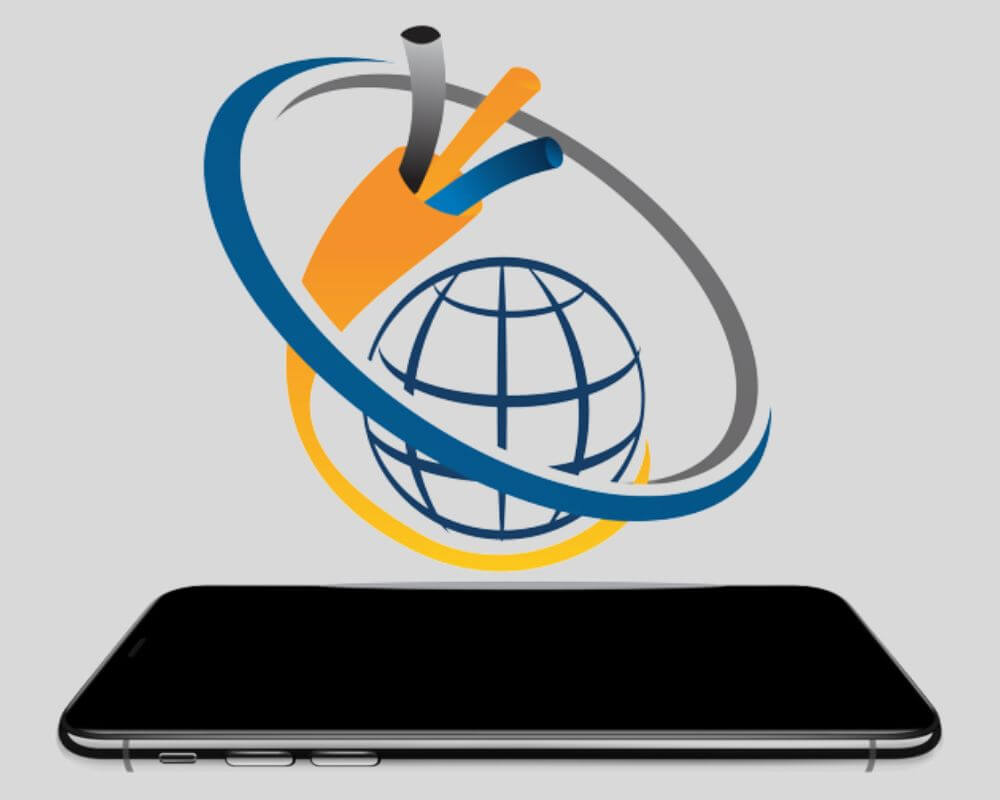Every Android Phone comes with pre-installed apps including com.android.server.telecom, and com.android.settings which are usually set to run in the background. If you want to stop them, so they don’t use any resources – there’s a way to do that on your device.
This article will show you what is com.android.server.telecom, how to disable it, and why it may be important for the health of your phone.
What is com.android.server.telecom?
The com.android.server.telecom app is a system process that manages phone calls and multimedia sessions in Android. It’s responsible for routing, call setup, and maintaining a connection between devices.
The app also provides user interface components and supports calling features like conference calls and caller ID blocking.
You can’t disable the com android server telecom app because it’s a system process, but you can force stop it through your device’s Settings menu. Doing so will temporarily disable all calling features on your device until the app is restarted.
What is com.android.server.telecom used for?
As we discussed before the com.android.server.telecom is used for various things, including managing phone calls and voicemails, handling connections to wireless networks, and providing support for features like visual voicemail and call forwarding.
It’s an integral part of the Android operating system, and its code is constantly being updated by Google to improve the overall user experience. Here is a list of some reasons why the app is running on Android phones:
Call
Com.android.server.telecom is used to manage phone calls on an Android device. It gives the facility to make outgoing and outbound calls, add new contacts and log call history.
As we mentioned above this system service is responsible for routing incoming and outgoing calls, managing conference calls, and handling call notifications. Also, it provides various call management settings, such as enabling or disabling call waiting, showing caller ID information, and choosing which ringtone to use for incoming calls.
Call.Details
When you make a phone call, your phone shares some information with the person, you’re calling. This is called “Call Details.” Here’s what you need to know about the class:
- Your phone number is shared with the user you’re reaching.
- The time of the call is shared with the person you’re calling.
- The call duration is shared with the user you’re reaching.
- Your location is shared with the person you’re calling.
- Your device information is shared with the person you’re calling.
Call.Callback
A Call.Callback is a function that lets InCallService and com android server telecom know that the current call has changed. This can include changes in the Call’s state, Connection, and phone numbers associated with the Call. Then, it can use this information to update the UI accordingly.
Call.RttCall
The Call.RttCall class contains the state of the RTT channel, which is stored with all the data needed to connect and communicate with the remote party.
This class allows you to manage the sending and receiving of RTT messages on an active call, as well as query the status of the channel.
CallAudioState
CallAudioState is an object that contains information about the audio state of a call. It has the following properties:
- IsMuted: A Boolean value indicates whether the Call is muted.
- IsOnHold: A Boolean value that indicates whether the Call is on hold.
- IsSpeakerphoneOn: A Boolean value that indicates whether the speakerphone is on.
The CallAudioState object also has the following methods:
- ToggleMute(): Toggles the mute state of the Call.
- ToggleHold(): Toggles the hold state of the Call.
- ToggleSpeakerphone(): Toggles the speakerphone state of the Call.
CallRedirectionService
The CallRedirectionService can interact with the com.android.server.telecom app to make an outgoing call, with the option of redirecting or canceling the Call.
This service is useful when you need to contact a Telecom customer but do not have their direct contact information. By using the CallRedirectionService, you can request that the Call be redirected to another number or canceled entirely.
Conference
A conference is a phone call in which more than one party participates. Conference calls can be conducted over the telephone or over the internet using a service like Skype.
In a conference call, all participants can usually hear each other. Often, a designated leader moderates the Call and can mute individual participants if necessary. Also, it can be used for business meetings, team updates, or even to catch up with friends and family.
Connection
A connection is a normal or video call with a remote endpoint. You can use it to carry voice and/or video traffic. The term “endpoint” refers to any device that can receive or place a call, such as a telephone, computer, IP phone, etc. A connection typically uses the public switched telephone network (PSTN) to connect two endpoints.
Connection.RttModifyStatus
The Connection.RttModifyStatus class provides constants for the responses generated by session modify requests sent via Call#sendRttRequest(). These constants can be used to determine whether a session modification request was successful and, if not, what the error was.
Successful session modification requests will have a status of Connection.RttModifyStatus.SUCCESS. If a session modify request fails, the status will be one of the following:
- Connection.RttModifyStatus.FAILED: The session modify request failed for an unknown reason.
- Connection.RttModifyStatus.REJECTED: The remote party rejected the session modification request.
- Connection.RttModifyStatus.TIMEOUT: The session modification request timed out without a response from the remote party.
Connection.RttTextStream
With the Connection.RttTextStream class, you get a way to control your video sessions for a connection. This can be used to, for example, change the size or position of the video window, or add text to the video stream.
For example, if the far-end party does not support video, or if the connection is slow and video quality is poor, it may be desirable to disable the video session. The following methods are provided for controlling the video session:
- DisableVideo() – This method disables the video session. Once disabled, the video window will be closed, and no further attempt will be made to establish a video session.
- EnableVideo() – This method enables the video session. If a video session exists, one will be established.
- IsVideoEnabled() – This method returns true if the video session is enabled and false otherwise.
Connectionrequest
Connection requests are used to establish communication between two devices or components, such as when establishing a new network connection. They can also be used to request other types of connections, such as when making a new database connection.
When making a connection request, it is important to include all necessary information so that the entity can properly process the request. This could result in the request being denied or delayed.
InCallService
InCallService is created to work with com.android.server.telecom which allows applications to manage phone calls. It provides the ability to respond to calls. In addition, it offers the ability to control the call experience, including setting up conference calls and managing call waiting.
InCallService.VideoCall
InCallService.VideoCall can be used to issue commands to the Connection.VideoProvider associated with a Call. The following methods are available:
- SendSessionModifyRequest(VideoProfile fromProfile, toProfile) – Sends a request to upgrade or downgrade the current Call’s quality.
- CallSessionModifyRequest(VideoProfile fromProfile, toProfile, String extras) – Sends a request to modify the video quality for the current Call.
- RequestCameraCapabilities() – Requests information about the camera capabilities of the remote device.
- SetParameters() – Sets various parameters for the call session (e.g., enable/disable HD video).
PhoneAccount
When you make a phone call, the PhoneAccount associated with your device will be used to send or receive the call. It contains metadata about the account, such as its type and features, and an identifier that uniquely identifies the account.
This is useful for distinguishing between different calling methods, such as VoIP, SIP, and PSTN. A PhoneAccount can also manage and monitor calls placed or received through a specific account.
RemoteConference
A RemoteConference is a conference that can be provided by a ConnectionService to another. This allows for two or more Connection Services to connect with each other and share data, audio, and video.
The class was created to provide a connection between two or more individuals, or it can be used between two or more devices.
TelecomManager
The TelecomManager class provides applications with access to information about active calls and the ability to manage these calls. This includes the ability to register and unregister phone numbers, as well as the ability to initiate and terminate calls.
This class is a service that maintains a list of all active calls and phone numbers. However, it’s responsible for routing outgoing calls to the correct destination.
The service is accessed through an instance of the TelecomManager class, which can be obtained by calling Context.getSystemService(Context.TELECOM_SERVICE).
Applications can use the TelecomManager class to:
- Register and unregister phone numbers.
- Initiate and terminate calls.
- Check the status of active calls.
- Get information about registered phone numbers.
How to fix ‘com.android.server.telecom’ error message?
There are a few possible explanations and solutions if you’re seeing the error message ‘com.android.server.telecom’ when trying to use certain apps on your Android device.
One possibility is that your Android operating system is outdated. This can be resolved by updating to the latest version of Android.
Another possibility is that you have a third-party app installed on your device that is causing conflicts with the com android server telecom system service. In this case, uninstalling the offending app should solve the problem.
If neither of these solutions works, follow the methods below to fix the error.
1- Restart your android
If you’re getting the com.android.server.telecom error means that your Android Phone is having trouble connecting to the telecom server.
This can be caused by several things, but most often, it’s simply because your Phone needs to be restarted. To fix the server telecom error, merely restart your Android Phone. This will often clear up any connection issues and allow your Phone to connect to the server correctly.
If you still have trouble after restarting, try turning off and on your modem and router. Resetting your internet may fix the issue.
2- Clear cache data
The second step to fix the android error is to clear the cache data for the com android server telecom process. This process stores temporary data that helps apps run faster, but over time it can build up and cause a slowdown. To clear the cache data for this process, follow these steps:
- Locate the Settings.
- Select Apps & notifications.
- Tap all applications.
- Find on com.android.server.telecom.
- Select Storage & cache.
- Click on Clear cache data.

3- Update your Android version
Are you still having trouble with the com.android.server.telecom on your phone? You can fix it by updating your Android version. This process is responsible for managing phone calls and other telecommunication tasks on your device, so it must work properly.
If you don’t know what version of Android you’re running, you can check the About Phone option by checking the setting. To update your Android version:
- Go to the Settings.
- Tap on About Phone.
- System Updates.
- Check for Updates.
- Click install.


Once you’ve updated your Android version, restart your device and see if the process is working properly. If it’s still trouble, try the last solution below.
4- Factory reset
A factory reset is the last resort option for fixing the com.android.server.telecom app error on your Android device. This process will erase all data from your device and return it to its factory settings; before proceeding with a factory reset, back up any important data on your device, as it will be lost during the reset process.
To perform a factory reset on your Android device, follow these steps:
- Open the Settings on your Android.
- Tap on Backup & Reset.
- Select Factory Data Reset.
- Confirm the reset by tapping Reset Device.


Your device will start the factory reset process. This may take a few minutes, but don’t worry – it’ll be worth it in the end. Once it finishes and your device reboots, set up your device as new.
Conclusion
The com.android.server.telecom app is a system process that manages phone calls on your Android device. While it’s generally considered a safe and necessary part of the Android operating system, some users may want to disable it if they find it intrusive or unnecessary. If you’re considering disabling the app, be sure to research the potential risks and drawbacks first to make an informed decision.


